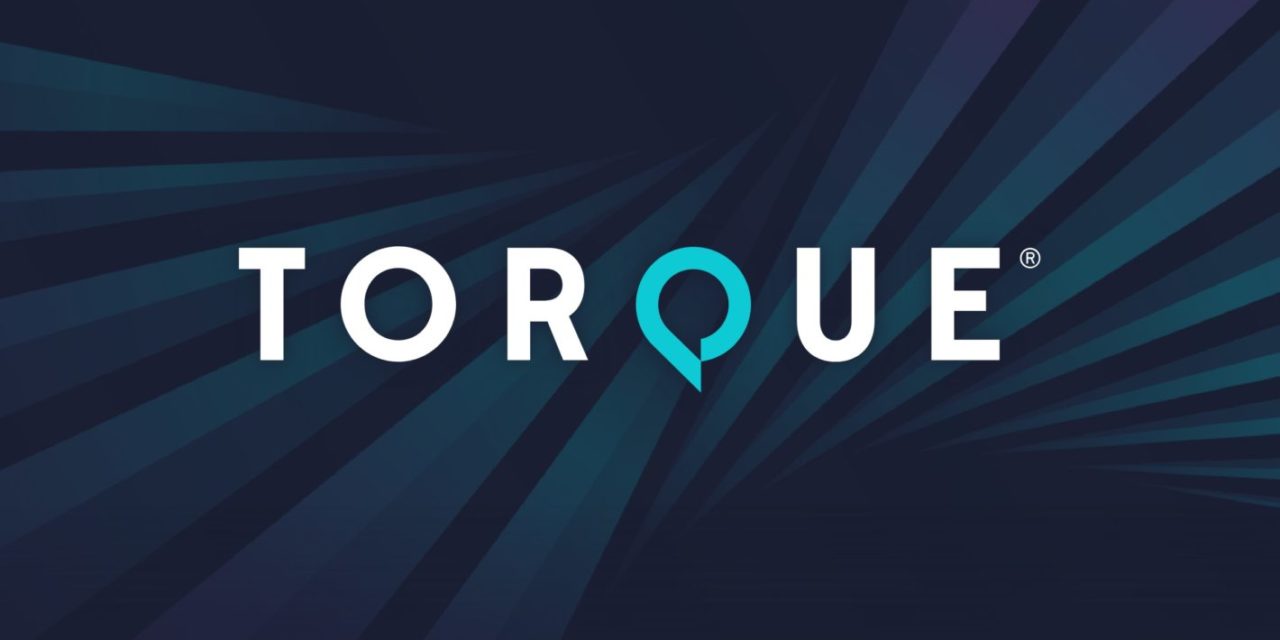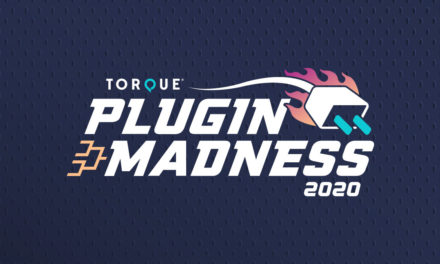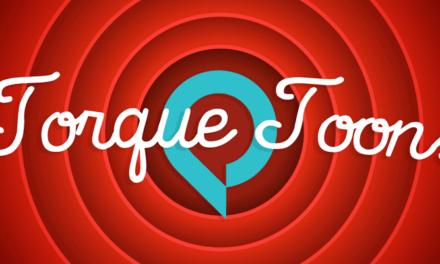It has been nearly four years since Gutenberg was merged into WordPress and since that time, we’ve entered a period where the Gutenberg term is sometimes used to describe specific features that are unrelated to the project. In a recent article published by Fränk Klein, Klein takes a closer look at what Gutenberg means, the components that make up the project, and what developers and consultants should know in order to be precise in communicating with clients.
As Klein points out, Gutenberg is not a single feature but rather a collection of components that’s part of the re-working of WordPress. The components are Content editing, Site customization, Collaborative editing, and Multilingual. These components are broken down into the block editor, template editor, widget editor, and site editor.
So when someone talks about or describes Gutenberg, the next question becomes, which part are they talking about? Gutenberg is a plugin where the development of these components takes place where occasional features are merged into WordPress core. It’s not a single feature in and of itself.
I think Klein’s suggestion to stop saying Gutenberg to describe the above components and features is a good one as we continue to navigate a messy soup of terms during a major transition of WordPress. It’s better to be precise and accurate versus vague and incorrect.











